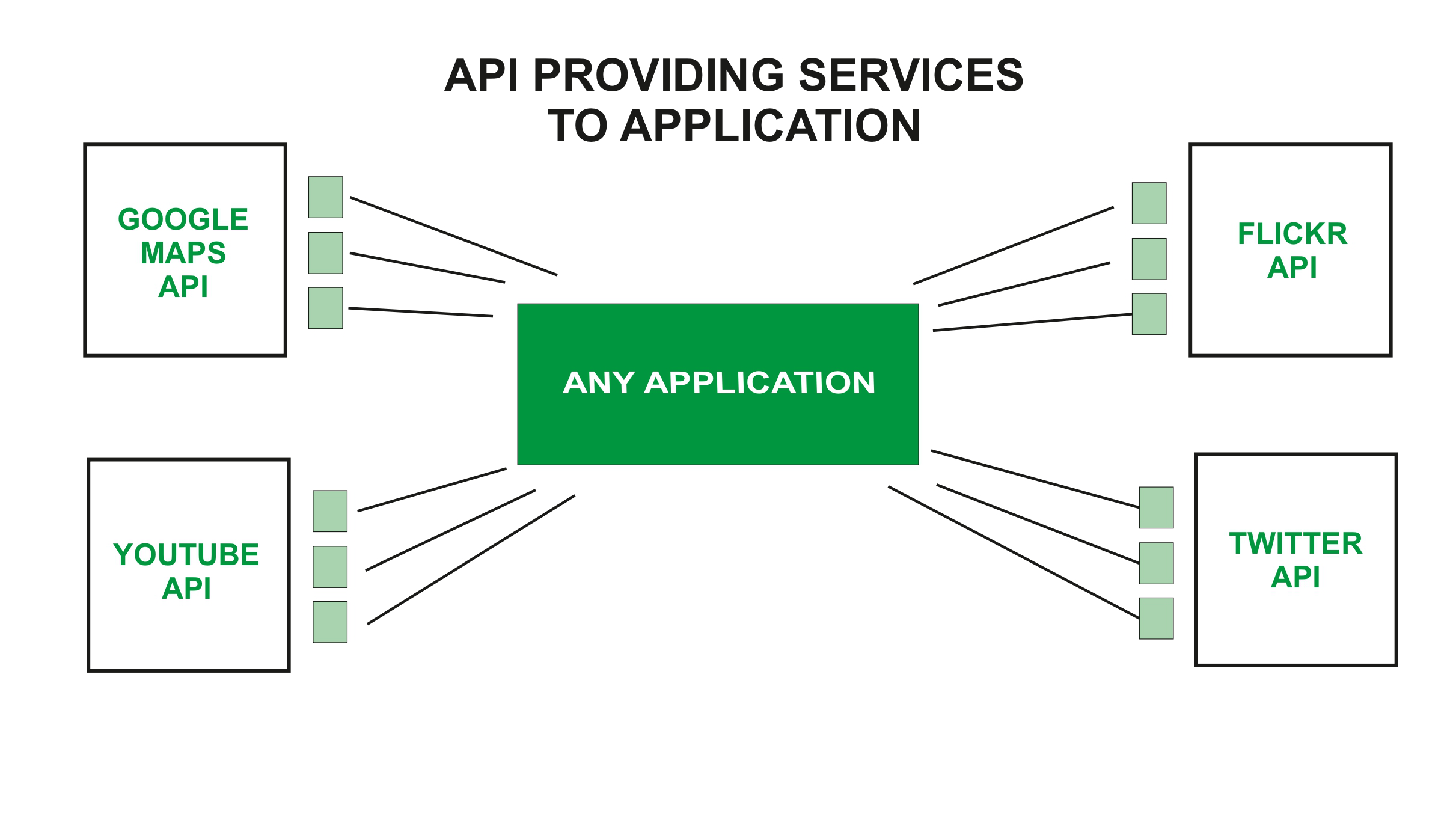Getting started with API's
Ruchip16 opened this issue · 9 comments
Write a blog on how to make an API along with examples, crystal-clear explanation & plagiarism free content
also, make sure to run your blog through Grammarly once.
Hey @Ruchip16 please assign me this i am interested in this topic
Sure, go-ahead
under _post section right ? in .md @Ruchip16
title: "Get Started with APIs"
description: "After reading this blog post you will get to know what, why and how about APIs and for sure you will feel confident about this topic "
category: Application Development
image: /assets/images/categories/APIs.jpg
keywords:
- Mentro
- APIs
- Get Started with APIs
- Application Programming Interface
author: itsdharmxd
permalink: /backend/:title/
tags:
- Application Integration
- APIs
- Understanding API
We live in a world where technology reigns and data presides at every corner. As users of many different products, we’re no longer looking for the best product to get the job done, we’re now looking for the product that gets the job done AND works seamlessly with all other products we use. Therefore, it has become increasingly important to understand tools that simplify workflows and integrate components to provide a seamless user experience for our customers. Since data has become abundant, innovative teams have grown exponentially better at forming these links and connections to simplify workflows via APIs.
What is an API?
An Application Programming Interface, or API, is in its simplest sense a technology that connects two systems.
Here’s an analogy explaining it:
You go to a large library and are looking for ‘ The Da Vinci Code ’ by Dan Brown. But the library is huge and you have no clue where to find this book. Luckily for you, you see the librarian at their desk and a catalog with the types of books you can borrow. Your request for ‘The Da Vinci Code’ from their fiction list. The librarian walks through the labyrinth of shelves to find the book and brings it to you.
In This analogy
- the library is the database — one of the systems involved
- the books are the data
- you are the requestor - they take the request back to the database and return information
- the request for the book is the call made to the API
- the catalog represents the specific format the request has to follow so the API understands it
- the book you receive from the librarian is the response
In the simplest of terms, that is what an API does: it acts as the interface between two applications and facilitates information transfer while ensuring speed and security. It is a developer-centric tool - APIs are build by and for developers
Why to use APIs and their importance
APIs, or application program interfaces, are vital tools for businesses in all industries. The importance of APIs from a technical standpoint, they allow the capabilities of one computer program to be used by another. They are a means by which two different programs are able to communicate. APIs enable companies to grow their businesses more quickly than ever before and represent an answer for the organizations that are currently spending more than $700 billion per year integrating disparate systems. Like the Web, which opened up the Internet’s potential, APIs are driving a new wave of innovation centered on sharing services. Organizations in all industries are looking to learn more about APIs and their potential to transform business processes.
The main reason that APIs matter so much in modern markets is that they allow for faster innovation. Barriers to change are reduced and more people can contribute to an organization’s success. They offer two-fold benefits: the company can create better products while standing out from the competition. APIs also make monetization easier.
Types of API protocols
As the use of web APIs has increased, certain protocols have been developed to provide users with a set of defined rules that specifies the accepted data types and commands. In effect, these API protocols facilitate standardized information exchange:
-
SOAP (Simple Object Access Protocol) is an API protocol built with XML, enabling users to send and receive data through SMTP and HTTP. With SOAP APIs, it is easier to share information between apps or software components that are running in different environments or written in different languages.
-
XML-RPC is a protocol that relies on a specific format of XML to transfer data, whereas SOAP uses a proprietary XML format. XML-RPC is older than SOAP, but much simpler, and relatively lightweight in that it uses minimum bandwidth.
-
REST (Representational State Transfer) is a set of web API architecture principles, which means there are no official standards (unlike those with a protocol). To be a REST API (also known as a RESTful API), the interface must adhere to certain architectural constraints. It’s possible to build RESTful APIs with SOAP protocols, but the two standards are usually viewed as competing specifications.
-
JSON-RPC is a protocol similar to XML-RPC, as they are both remote procedure calls (RPCs), but this one uses JSON instead of XML format to transfer data. Both protocols are simple. While calls may contain multiple parameters, they only expect one result.
@Ruchip16 is this ok ? i have also checked it using Grammarly
should i give PR ?
should i give PR ?
ya go ahead we will then review it
Hey @Ruchip16 PR given please review it,


